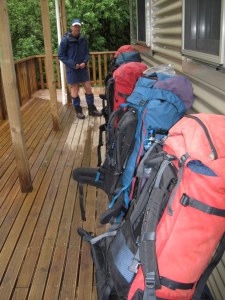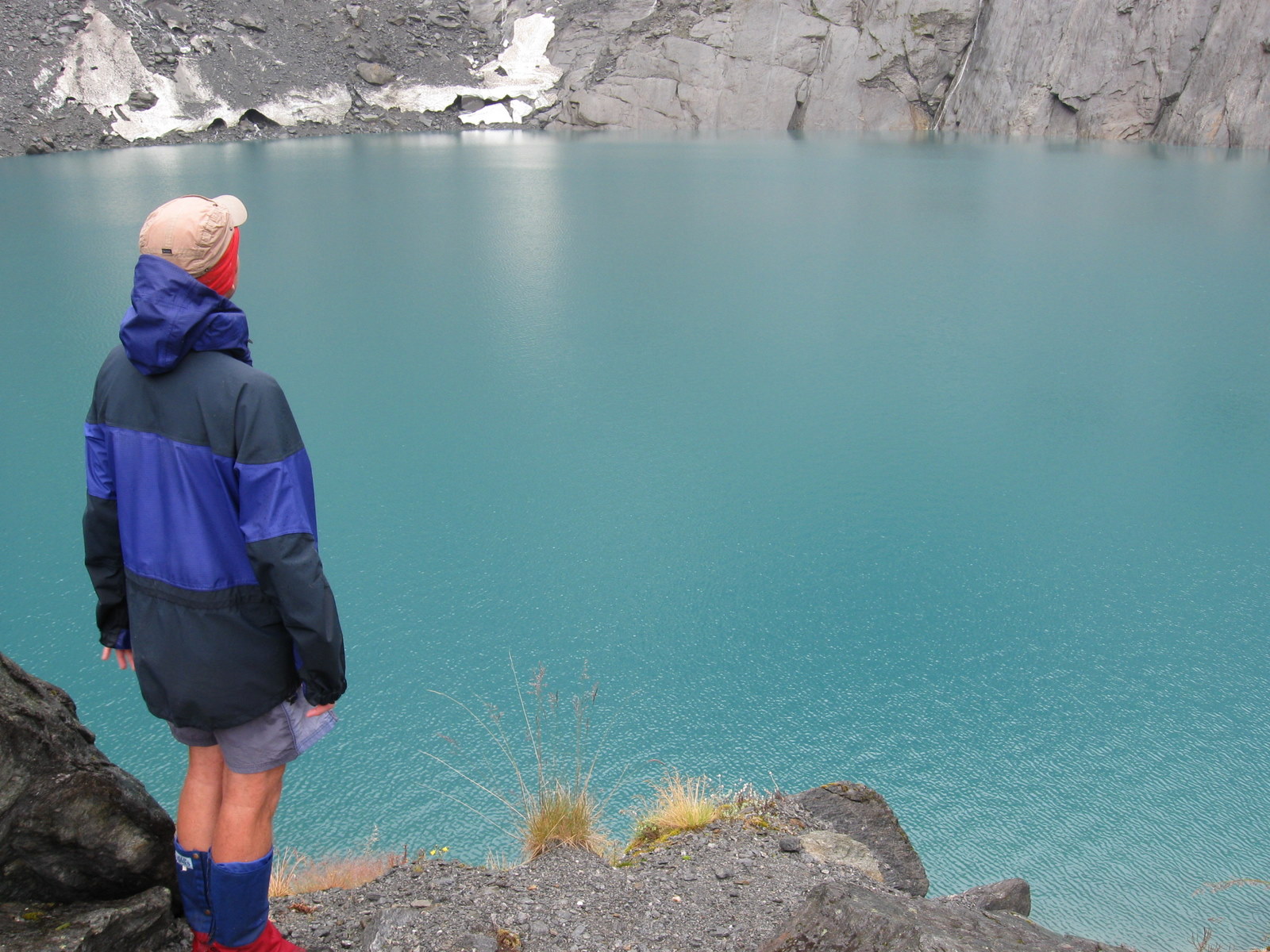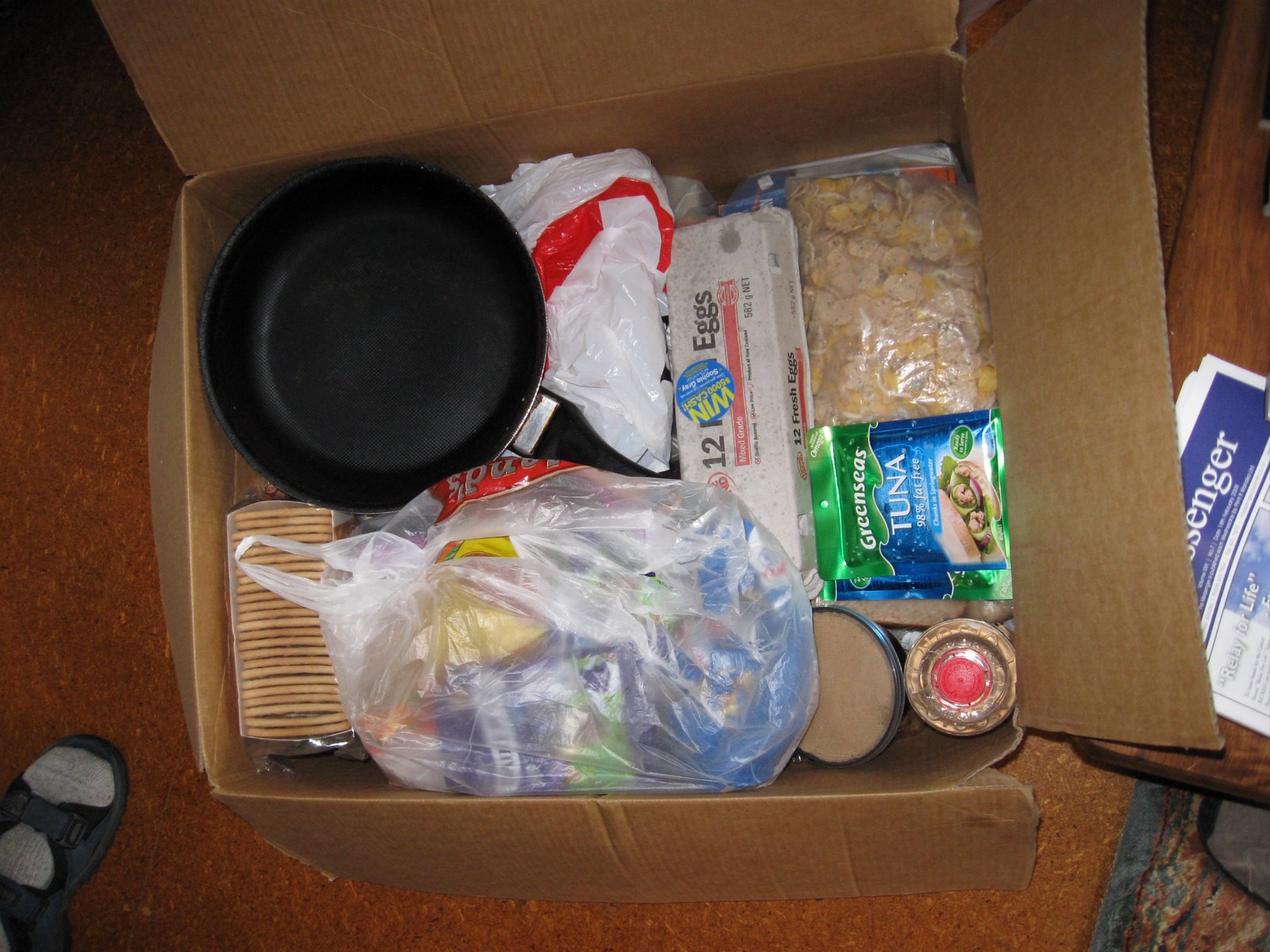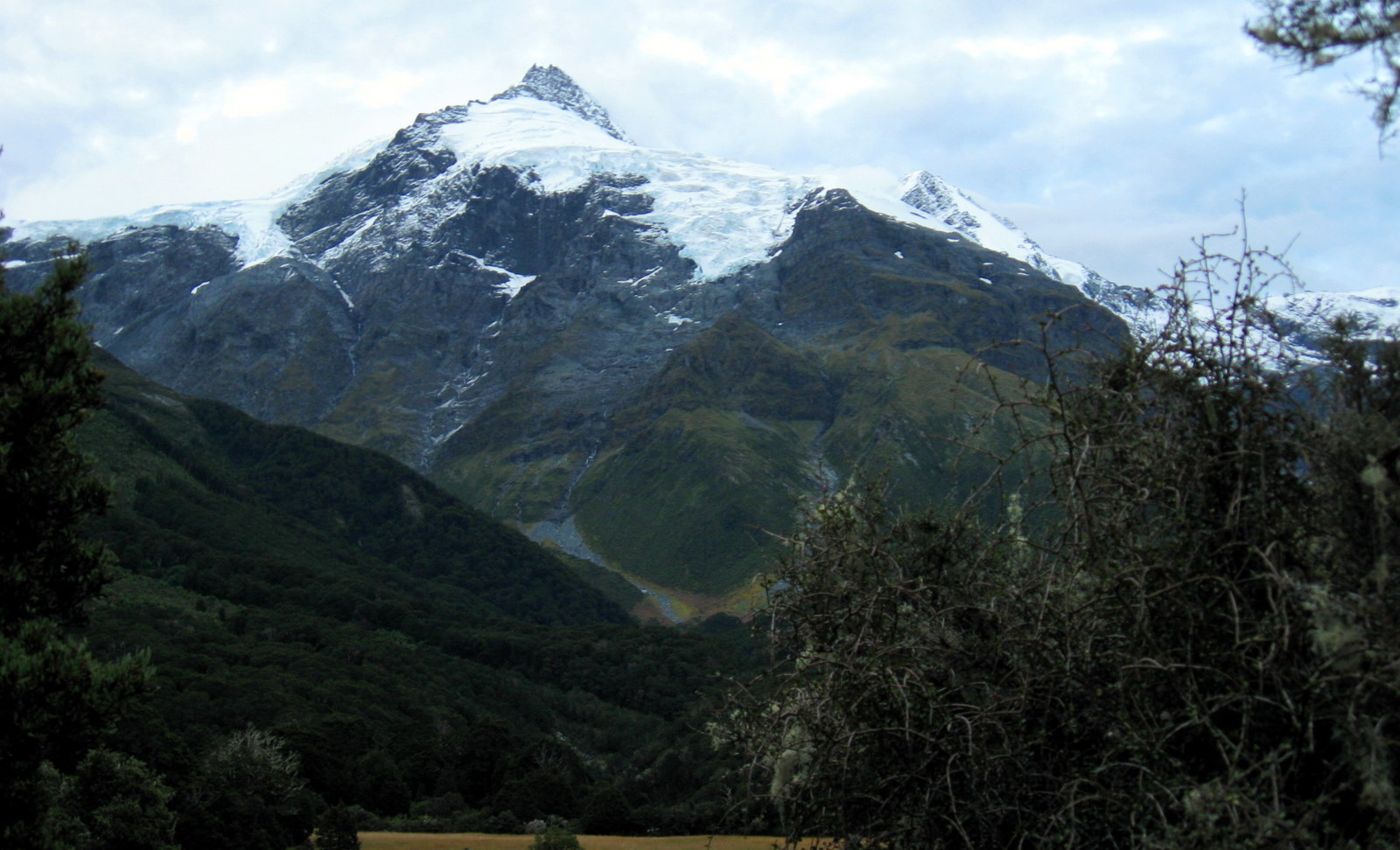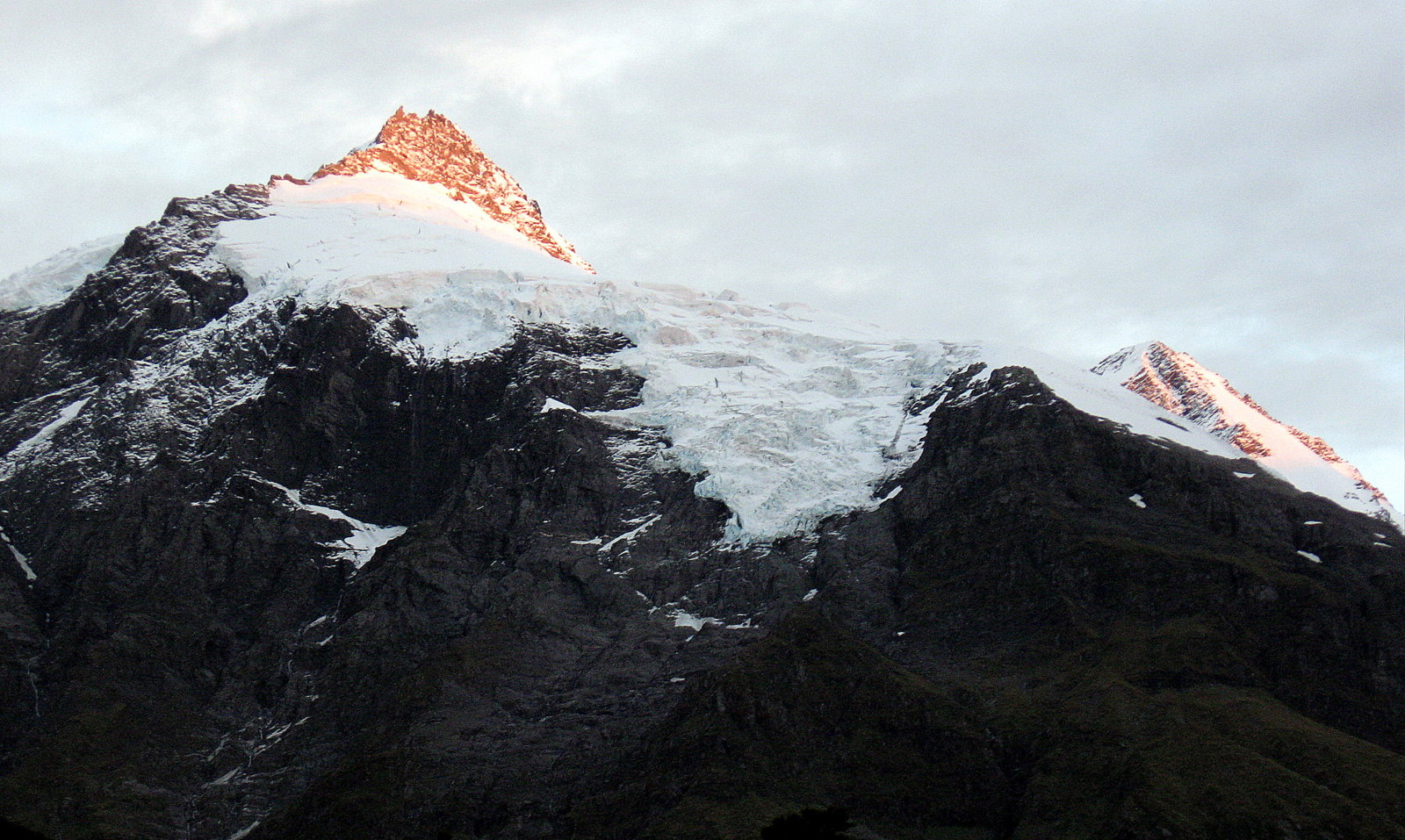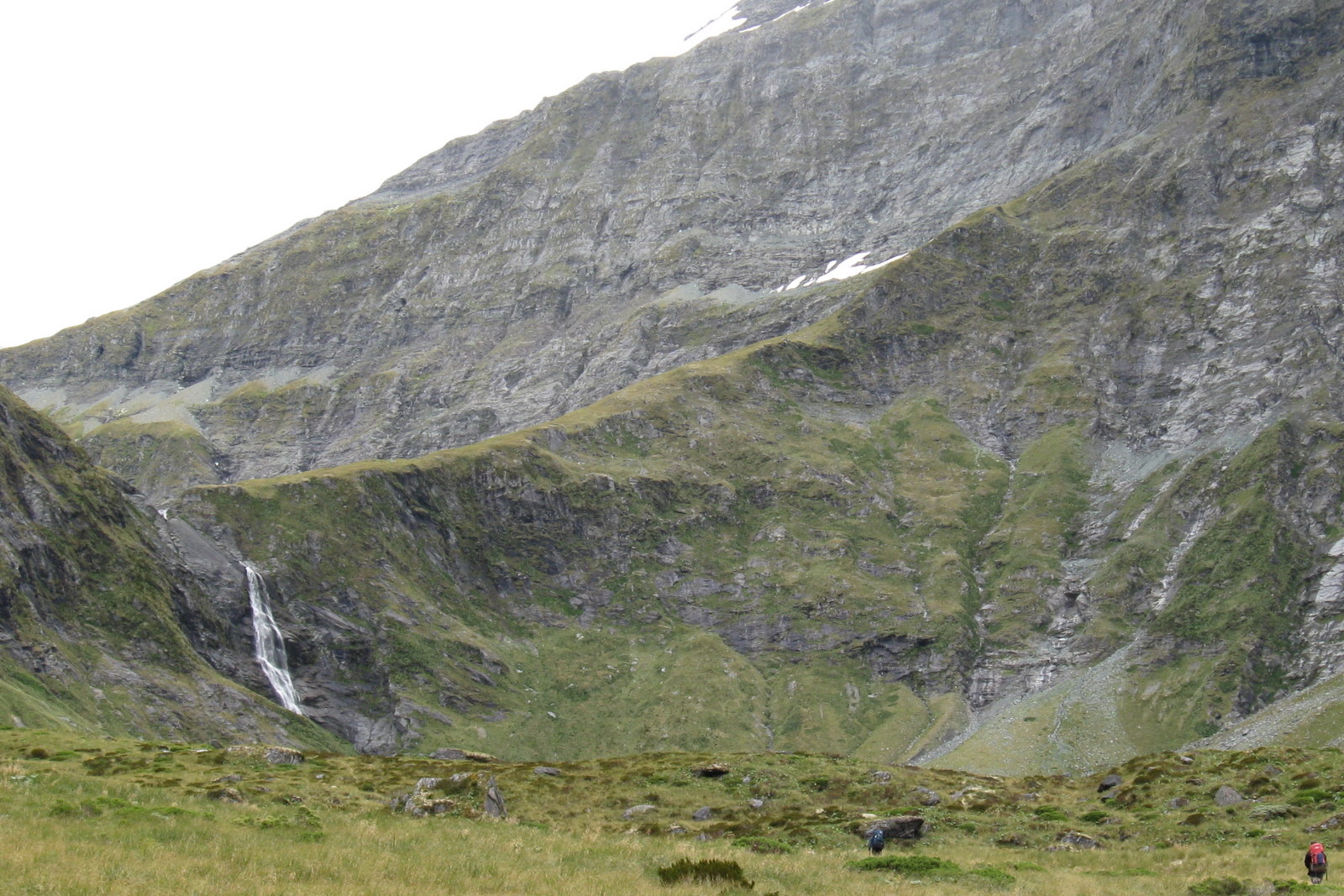Moa Hunters on this trip: Chris, Paul, Magnus, Adam, Richard
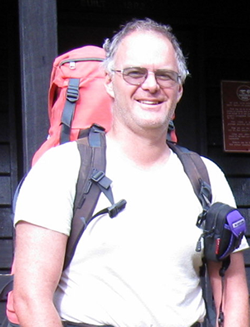




We had intended to walk this route in 2008… right up until a rather large and rather inconsiderate landslide plunged into the north branch of the Young River, creating a significant dam. Behind which formed a significant lake. Both of which made the Dept of Conservation so nervous that they closed the Young Valley track indefinitely. Late in 2008, the natural dam hadn’t disintegrated, people hadn’t died, and the Valley was opened again.
Our itinerary:
Day 1: Jetboat trip to start of Young Valley track. Walk up the Young Valley to the Young Hut.
Day 2: Cross from Young Valley to Siberia valley via Gillespie Pass. Possible sidetrip to Crucible Lake. Stay night at Siberia Hut
Day 3: Siberia Hut to Kerin Forks Hut
Day 4: Kerin Forks Hut to Top Forks Hut
Day 5: Top Forks Hut over Rabbit Pass to Ruth Flat rock biv
Day 6: Ruth Flat to Road End
See our route on topomap.co.nz

See our route on Google Maps

Sonya of Wanaka is an amazing gal. She lets Moa Hunters sleep on her lounge floor. She drives them to the start of the track. She picks them up at the end of the track. She never mentions they smell worse than a rugby club changing shed. Sonya, the Moa Hunters agree you are simply the best.
Day 1
Sunday 22nd February – Young Valley track start to Young Hut.

Sunday morning looked good in Wanaka. High overcast skies and a mild temperature. Sonya was right though. At Makarora, the start of our tramp, it was pissing down. We negotiated a deal with the local jetboat operator and after a short wait, were transported at a great rate of knots up the Makarora river to the start of the Young Valley track. Interesting fact: In heavy rain it takes about four seconds in a speeding jet boat to become completely soaked.
The Young Valley track winds through Beech forest, climbing steadily. On a nice day it would be a very pleasant walk. Unfortunately Sunday 22nd February wasn’t such a day. Generally the first few hours of persistent rain can be shrugged off. But by mid afternoon we had all pretty much had enough of it. We don’t mind getting rained on in particular. After all, once you are wet, you are wet. What the rain does do though, is isolate you. With a jacket hood up your peripheral vision is reduced. The constant pattering sound of rain on it makes conversation difficult. Sharing a joke, pointing out interesting features, or sharing idle chatter isn’t easy.
Reaching the Young Hut earlier than expected was a pleasant relief. The newly built hut isn’t as far up the valley as the original one which was marked on our map. The chance to ditch jackets, have a laugh and relax after a very damp day of walking was most welcome.
We were all impressed with the new hut. Nice design feautures like insect screens on the windows and flush door jambs show that DOC are still refining their back country hut construction.
Day 2
Monday 23rd February – Young hut to Siberia Hut

Mist still clung to the surrounding hills the following morning. Rain was falling, perhaps a little less heavily than the day before. It wasn’t quite the day we had hoped for, but we all felt refreshed after a comfortable night, with the very large hut all to ourselves. We were keen to get moving.
Gillespie Pass awaited us. At 1501 metres above sea level, it would be a significant climb. Throughout the morning we gained altitude steadily with the track being generally very walkable. It rained off and on but not continuously. The chance to pull our jacket hoods back from time to time, tell tall stories and generally talk bollocks made time pass quicker.
As we closed in on the top of Gillespies Pass, the temperature dropped markedly. We stopped only very briefly at the top to pull on an extra layer or two of clothing. It was very cold and there was definitely sleet among the heavy rain drops. Chris pulled out a bag of Cookie Time cookies from his pack and we munched gratefully on one each as we descended from the pass into the Siberia valley.
Reaching the bottom we had a quick discussion. Crucible Lake lay to the West – a worthwhile side trip, according to Sonya. It was agreed we would do it, without our packs. Walking without all that extra weight on our backs felt awesome, and we made good time up the valley to the lake. It was indeed a worthwhile diversion. The circular lake lies behind the terminal moraine rubble of a glacier which hangs high above the lake at the top of a cliff. Apparently in winter there are often large chunks of ice floating in the lake. A fact that wasn’t hard to believe on the day we were there!
When we reached our packs again we had been walking more than ten hours. There was at least two hours walk ahead to the Siberia Hut. Carrying the packs again. At least the rain had cleared. It would be fair to say we were all totally and utterly knackered when we finally reached our destination.
It was at the Siberia Hut we met a rather unique DOC Hut Warden. Dove was his name. From Israel, pacifist and vegetarian, he was far from a typical warden. We immediately liked him and we think he liked us. According to Sonya he practices transcendental meditation… often naked, near the huts! To put his pacifism into perspective, killing sandflies was something he did do. But he felt guilty about it. We spent a nice evening chatting to him while stretching our aching leg muscles.
Day 3
Tuesday 24th February – Siberia Hut to Kerin Forks Hut

The following day we had a short walk to the Kerin Forks Hut. Almost embarrassingly short. Along a veritable highway. It turns out the Siberia Valley is a tourist destination, with regular light plane flights landing on the grass airstrip not far from the Hut. Tourists fly in, walk between the huts, and get a jetboat ride out. Consequently, the track between the huts is well maintained, beautifully graded and smooth. Dove walked some way with us to greet a group of tourists who had just arrived in a yellow Cessna. We bid him Shalom and moseyed along the track.
A double treat awaited us near the Kerin Forks hut. Not only had we only walked for three hours, we had also arranged for a jetboat ride across the river. Crossing to the hut would have been tricky given the river conditions. The boat arrived on time, dropping us on the hut side of the river along with our big box of goodies. Bacon, eggs, and other luxuries! Almost worth the extortionate fee the jetboat guy charged us for the 15 second ride across the river.
In case you are wondering, no we didn’t carry that frying pan out. It is still at the Kerin Forks Hut.
Probably the most notable event at Kerin Forks was an astounding night of exhibition snoring. A group of four women were also at the hut. They were very polite and put up with our mess and noise as we settled in. That night shortly after we had all wriggled into our sleeping bags, a most incredible noise began. One of the women, lying on her back we presumed, began to snore. The kind of sound that a Stihl chainsaw with a 29″ bar would produce. Thunderous, snorting , snarling and rumbling. We suspect she may have damaged the hut with the incredible din she produced.
Day 4
Wednesday 25th February – Kerin Forks Hut to Top Forks Hut

The next morning we packed up and wandered out into the Wilkin valley, our legs quickly soaked by the long dew covered grass. It was a nice day. Little wind, no rain and pleasant temperatures. The valley was idyllic. Most notably Jumboland – an area Paul had been looking forward to reaching, just for its name! Apparently Jumbo was a very large horse a farmer brought into the valley to work for him. Jumbo lived out his days in that valley.
After a good days walk, we reached the Top Forks Hut, our last stop before tackling Rabbit Pass. The hut was busy, but not full. Situated where two river valleys meet and surrounded by mountains, most notably Mount Pollux, the setting was spectacular. Even the long drop had incredible views.
To reach Rabbit Pass, you must first make a difficult climb up what is known as the Waterfall Face. An extremely steep grassy face which should only be attempted in dry weather conditions. The weather report for the next day mentioned rain after lunch. So we planned to rise with the sun and hit the track as early as possible to reach the pass before any rain.
Day 5
Thursday 26th February – Top Forks Hut to Rabbit Pass to Ruth Flat rock biv

We rose early, ate our traditional porridge with generous amounts of brown sugar on top, packed up with minimal clattering of billies , and set off.
Shortly before 11am we reached the Waterfall face. It looked a little daunting from below. As we stood in a group munching on scroggin, we debated the route up. We could see the first few marker poles, but not a clear route to the top.
We took a few deep breaths and started out, following the markers up the face. It didn’t take us long at all to make our first mistake. Heading left instead of right, we followed a false trail. Continuing up wasn’t possible, and retracing our steps down was not easy.
Chris, having chosen a different (also wrong) route below us, suddenly slipped on loose rock. Instantly he was sliding out of control on his side down a steep rocky chute. Very fortunately he came to a halt some metres below, where the slope leveled out. It was a scary and sobering moment. He had been lucky. Elsewhere on the face, such a slip could have resulted in a significant fall and almost certain serious injury.
It was time to take stock and proceed with a lot more thought. We regrouped and this time were careful to find the correct route before charging forward. Richard discovered the poled route, and we moved up slowly but more surely.
The grassy face was incredibly steep. Not vertical, but close to it. Chris was clearly shaken by his fall, and all our hearts were pounding as we picked our way to the top. The last few metres were particularly challenging, following a very narrow series of footholds above a sheer and steep rocky face. I still remember Chris exclaiming upon reaching the top, “What the f*ck are we doing coming up here?!” No-one answered.
The climb has been rated a 9.9 on the Moa Hunter’s sphincter scale, a notch above Browning (Brown Trousers) Pass. Chris is sure his was clenched so tight during the ascent that it was two days before he could fart again.
Getting down the other side of the pass was gnarly too, but considerably lower on the Sphincter Scale than the waterfall face. A steep climb down a rocky gut led us out onto an expanse of shattered rock. We picked our way down it on a fairly well trod path into a grassy valley.
Following the valley we descended rapidly until we reached the river flats where the terrain became more placid and the walking more even. Ruth Flat wasn’t far ahead, and we had numerous stops studying a topo map to determine exactly where the rock bivvy we planned to spend the night at was. After a couple of false positives, we found the genuine article. An impressively large rock shelter with a resident sandfly population of approximately 403 billion. All hungry.
Enormous quantities of Paul’s possibly radioactive, certainly diesel infused, super tropical strength insect repellent were used right up until night fell. Chris chose to sleep under a nylon fly which gave us all a little more space to wriggle.
Day 6
Friday 27th February – Ruth Flat to Road End

Blue skies greeted us the following morning. We packed up at a leisurely pace following our standard breakfast fare and wandered out of Ruth Flat, following the Matukituki East Branch toward road end. The only significant feature between us and that destination – the Bledisloe Gorge.
After grunting and sweating up the side of a steep bluff for more than an hour, we understood why Sonya referred to it as the Bloodyslow Gorge. That said, the exertions were well worth it. After many trips into the area, we finally got a clear view of Mt Aspiring. A breathtaking sight.
The descent down the Bledisloe Gorge was just as steep as the climb. Not nice for those of us who dislike descents, especially on the last day of a walk!
A couple of hours later we hit road end. It had been an excellent expedition. All kinds of weather, danger, surprises. Something for everyone.



